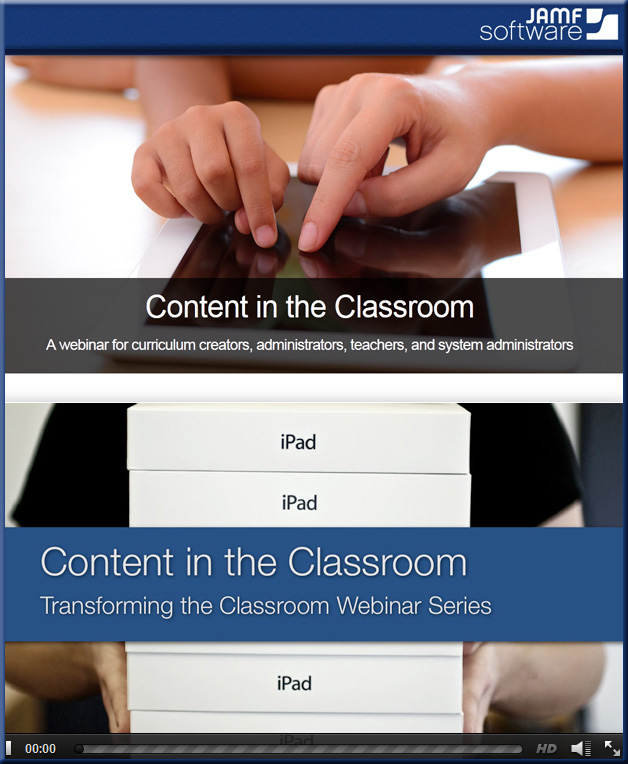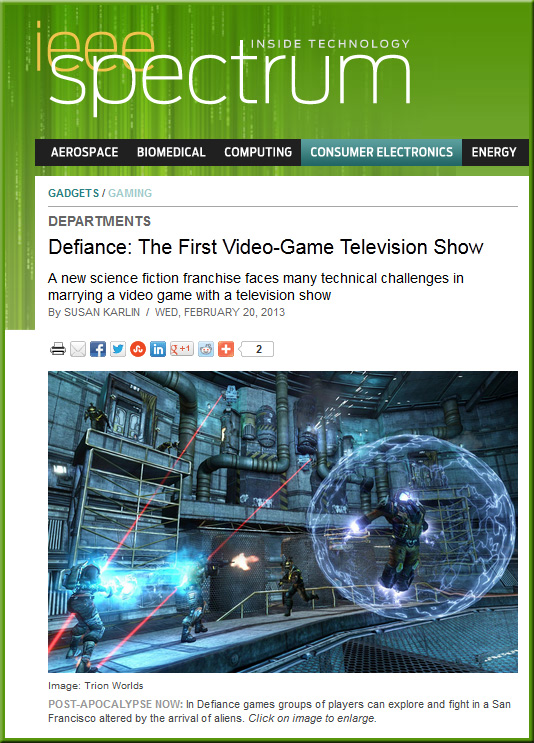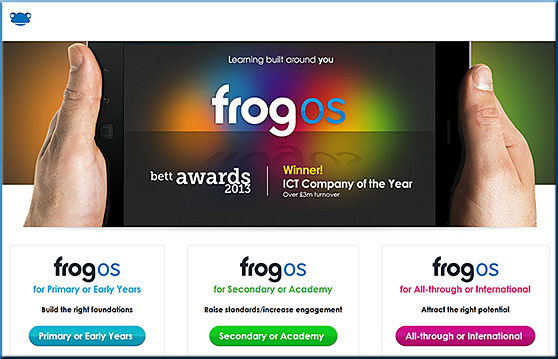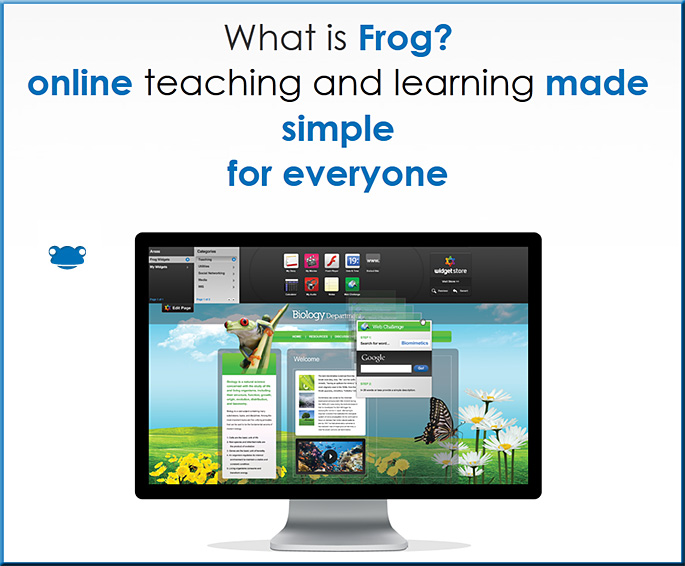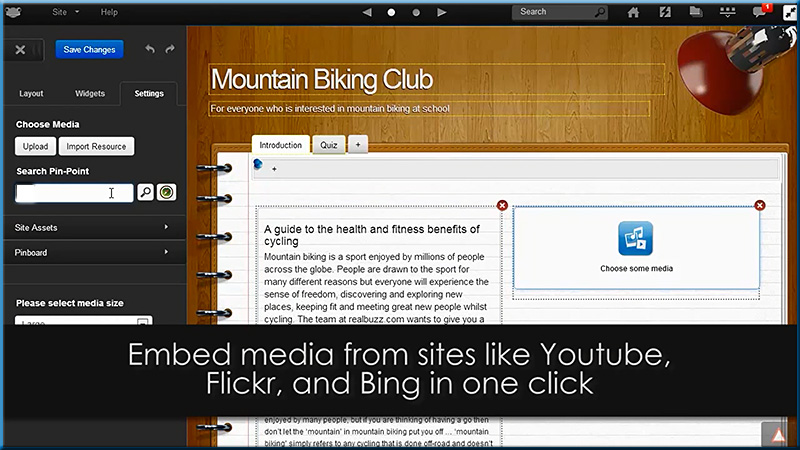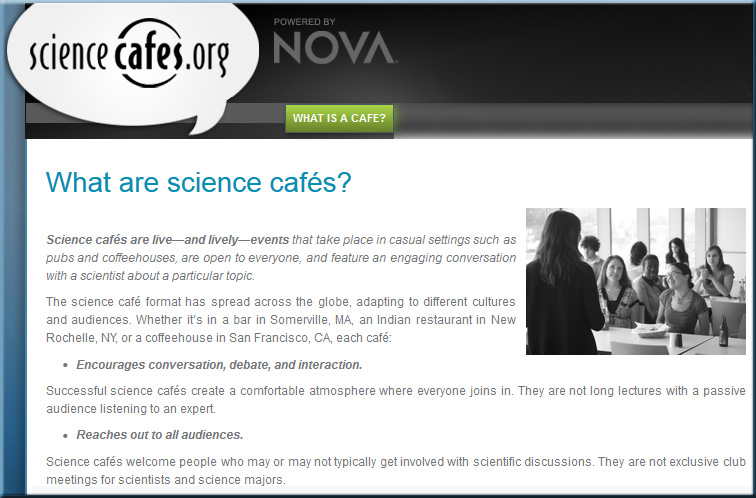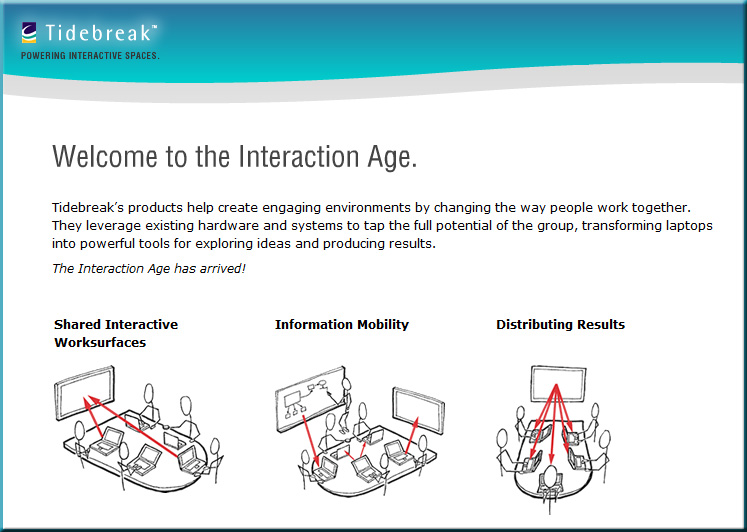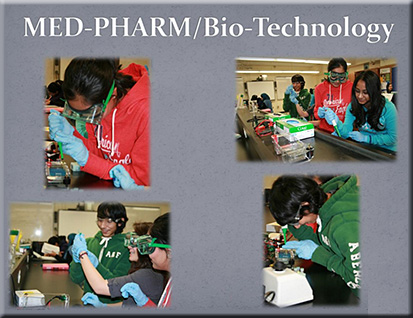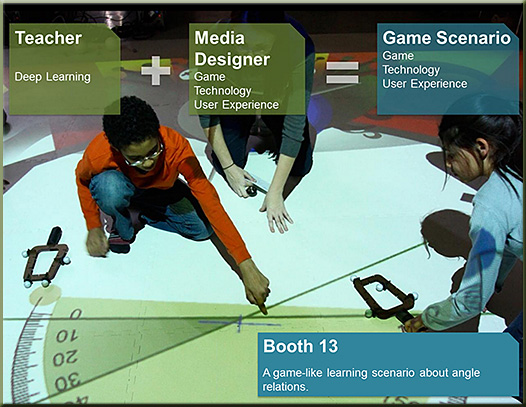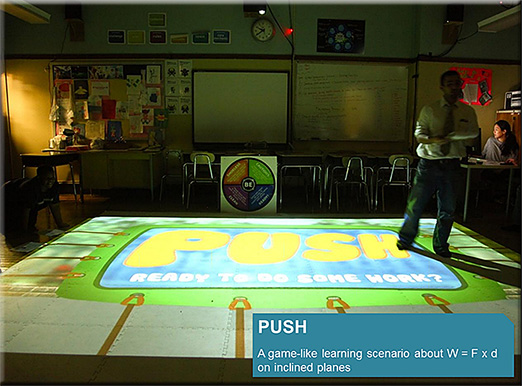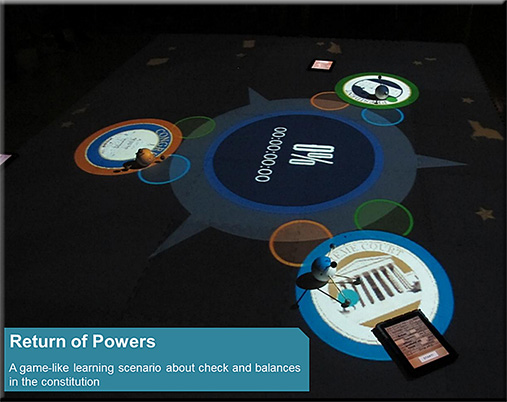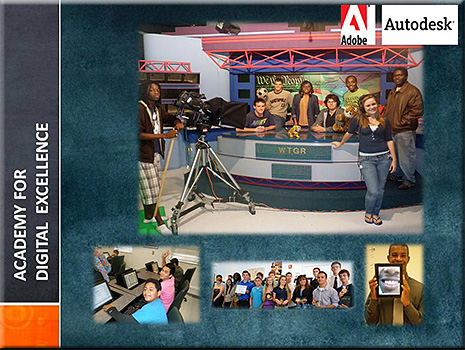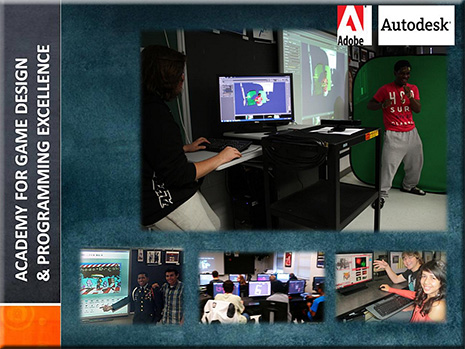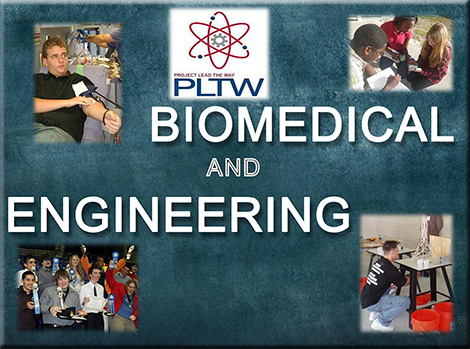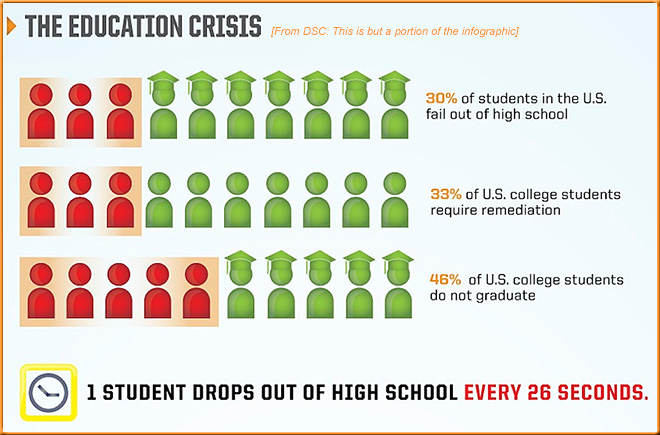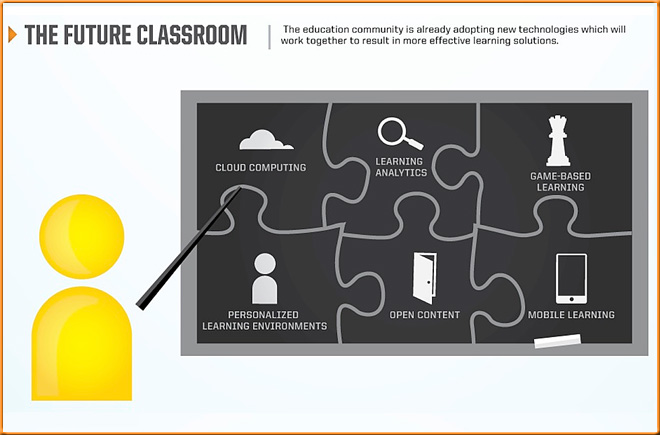Excerpt:
This image gallery from Fielding Nair International, a group of architects working in education, shows lots of images from new and innovative schools around the world.
Addendum on 2/13/13, also see:
- Colorful & Multifunctional Learning Spaces at The Vittra School, Stockholm — Vitra School Brotorp Rosan Bosch Architects

.

Engaging students in a habit of gratitude — from facultyfocus.com by Deborah Miller Fox
Excerpt:
I teach at a private Christian liberal arts university, so I enjoy a freedom to integrate my faith with my teaching, a freedom that many of my colleagues at secular institutions do not enjoy, no matter what religious faith they may practice. This freedom prompted me to address an attitude that I see as an impediment for anyone who wishes to learn, whether that person is 18 or 80: entitlement. Many of my students, though certainly not all, come into college from a life of relative comfort and prosperity. Very few of them have even witnessed, let alone experienced, the kind of demeaning, debilitating poverty that starves the life and kills the spirit of millions of people around the world.
I have come to believe that prosperity is its own kind of impairment. In an effort to address the sense of entitlement that prosperity and comfort breed, I decided to call my students into a posture of humility. Inspired by Ann Voskamp’s book, 1000 Gifts, I started a list on the first day of the semester and invited all of the students in all of my classes to contribute expressions of gratitude to this list every time we meet. I arrive early enough to open the Word file and project it on the screen in the classroom, and then I start our class sessions with this question, “For what are you grateful today?”
FrogOS video walkthrough – The future of learning technology — from frogtrade
Excerpt:
Well here it is, two years in the making, 1000’s of man hours and finally we can proudly show you the new software we have been showcasing at Bett 2013.
What better way to whet your appetites than to give you a simple video walkthrough that shows you just how easy it is to create a site in FrogOS.
.
.
.
Games for a Digital Age: K-12 Market Map and Investment Analysis — from joanganzcooneycenter.org by John Richards, Leslie Stebbins and Kurt Moellering
January 28, 2013









